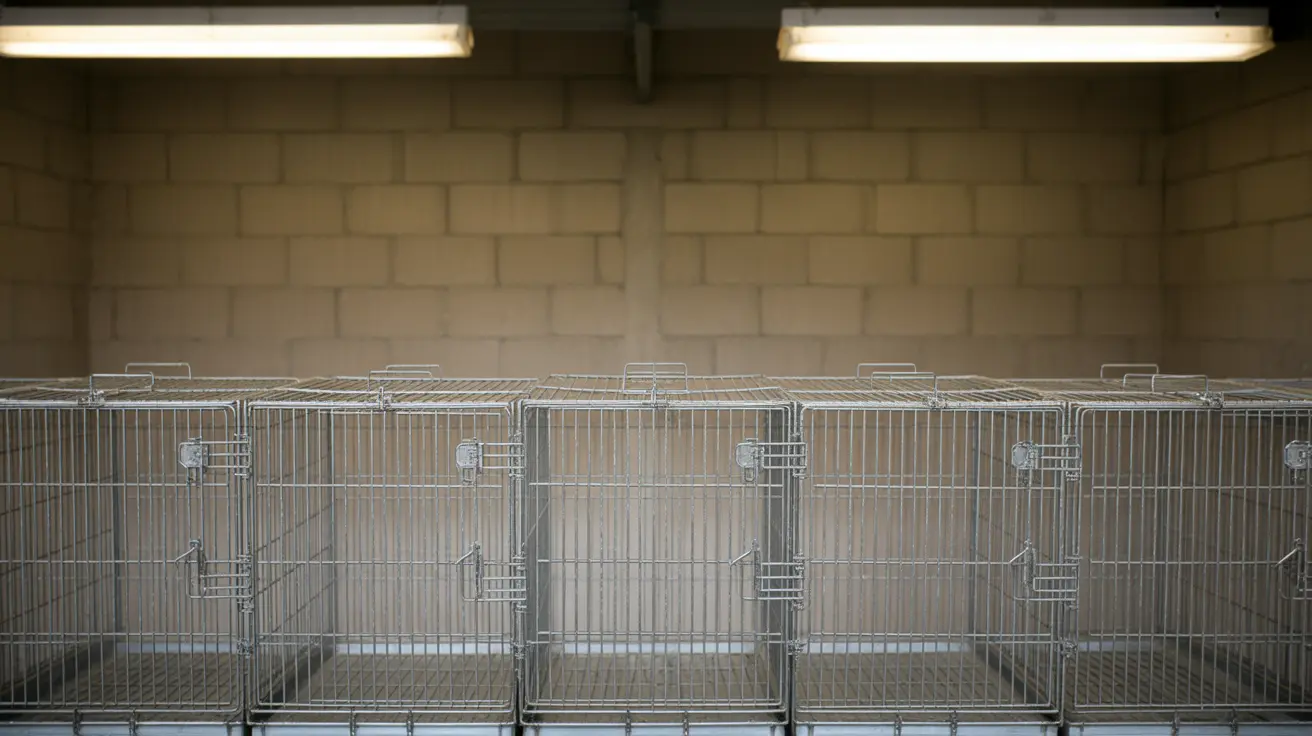Why Your Cat Refuses to Use the Cat Door and How to Help
Introducing a cat flap to your feline friend might seem like an easy convenience, but many cat owners soon realize that their pet may not readily embrace this new doorway. There are several reasons why your cat won’t go through the cat flap — from fear and noise sensitivity to lack of familiarity. Fortunately, with patience, positive reinforcement, and some practical guidance, you can help your cat overcome their reluctance.
Common Reasons Why Cats Avoid Using the Cat Flap
- Fear or confusion: Cats may not understand how the flap works or may be frightened by the noise it makes.
- Resistance: Magnetic or tightly sealed flaps can require more effort than your cat is comfortable exerting.
- Unfamiliarity: If your cat is used to being let out manually or through windows, a flap may seem alien to them.
- Positioning: Cat flaps installed too high or into an open, exposed area can discourage use.
- Sound sensitivity: Loud clicking or snapping sounds from microchip or magnetic flaps may scare some cats.
Steps to Help Your Cat Learn to Use the Cat Flap
- Introduce the flap before installation: Let your cat explore the flap, sniff it, and get used to its look and feel. This reduces fear of the unknown.
- Install and prop it open: Keep the flap open initially so your cat can see through and associate it with a doorway, reducing the mystery.
- Add their scent: Wipe a soft cloth over your cat’s face and rub it on the flap to make the flap smell familiar and safe.
- Use treats or toys: Encourage exploration and passage through the flap with food, catnip, or their favorite toy.
- Gradual closing: Start lowering the flap slightly over time, teaching them to push it open when exiting or entering.
Additional Tips & Techniques
- Reduce noise: Open and close the flap gently around your cat so it gets used to the sound. Cover magnets if the click is loud or the closure is too strong.
- Smart flaps: If using a microchip-enabled flap, train your cat to associate the beeping or clicking sound with entry and exit by rewarding them each time they approach.
- Visual clarity: Temporarily replace the flap with cling film or fabric if the flap is opaque and your cat is unwilling to explore.
- Avoid forced entry: Never push your cat through the flap, as this may create aversion. Instead, guide them gently with encouragement and let them learn at their own pace.
- Position matters: Install the flap at your cat's belly height — usually around 15cm from the floor — and ensure it leads to a secure, sheltered outdoor area.
Special Considerations for Older or Hesitant Cats
Older cats may take longer to adapt to new habits or tools. Ensure easy access to the flap and avoid placing it in physically challenging spots. If your cat has never used a flap before, more time and motivation using strong-smelling treats such as tuna or ham may help build positive associations.
Signs the Flap Itself May Be the Problem
- Broken or stiff components: Difficulty opening the flap can discourage use. Test it yourself to ensure it swings smoothly.
- Excessive resistance: Strong magnets or tight seals can be intimidating. Try reducing resistance with tape or foam pads.
- Unpleasant location: If the flap leads directly into a noisy or high-traffic area, consider relocating it or adding cover outside.
Final Word: Patience Pays Off
Training your cat to use a cat flap is not a process you can rush. Every cat is different — some may embrace the new tool in days, while others may take weeks. The key is positive reinforcement, gentle encouragement, and understanding their perspective. With consistency, most cats can learn to use the flap confidently, giving them freedom and making your life easier too.





